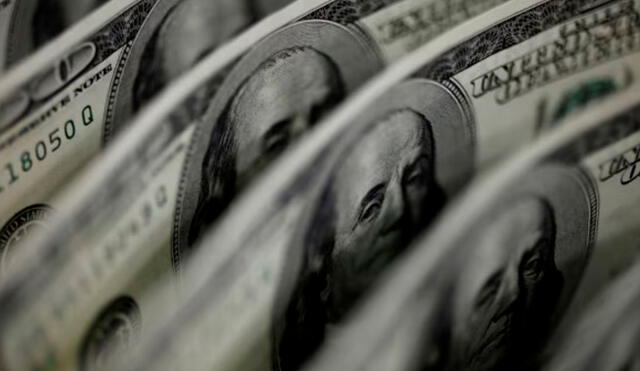Fed's core inflation measure rises to 2.6% in January, in line with predictions
The central bank’s main economic indicator rises to 2.6%, meeting expectations, matching expectations, while personal income increased sharply. However, consumer spending decreased, leading to cautious outlooks for future rate cuts.

The Federal Reserve’s key inflation metric, the personal consumption expenditures (PCE) price index, showed a 2.5% increase for the year in January, in line with estimates. On a monthly basis, it rose by 0.3%. Excluding the volatile food and energy sectors, the core PCE also increased by 0.3%, with an annual rate of 2.6%. This core measure is closely monitored by the Fed for long-term inflation trends. Despite the steady price increase figures, consumer spending saw a decline of 0.2%, suggesting that higher incomes weren’t translating into more expenditure.
The latest data is likely to keep the Federal Reserve cautious about adjusting interest rates. The report aligns with Dow Jones estimates, providing some relief as economic expansion shows signs of easing. However, with escalation still above the Fed’s target of 2%, Chairman Jerome Powell and his colleagues are expected to maintain a patient approach in their decision-making regarding rate changes.
What does January’s inflation report mean for Fed policy moving forward?
January’s cost rise report met Dow Jones expectations, suggesting that the Federal Reserve will likely keep interest rates on hold for now. Despite increase showing signs of stability, Fed Chair Jerome Powell is expected to remain cautious. As Jose Rasco from HSBC Global Private Banking put it, “The report is good, but we’re not done. So that prudent patient Powell... is going to remain in play, and I think he’s going to wait.”
While personal income surged by 0.9%, far exceeding expectations, consumer spending unexpectedly dropped by 0.2%. This divergence, along with a higher personal savings rate of 4.6%, points to cautious consumer behavior. The stock market reacted positively, with futures rising, while Treasury yields remained mostly lower, signaling investor confidence amid the mixed economic data.
How will the Fed respond to January's PCE rise data and economic trends?
January's PCE inflation data, showing a 2.6% annual increase, aligns with forecasts and suggests uptick is stabilizing. Despite this, consumer spending fell by 0.2%, while personal income rose sharply by 0.9%. This mixed statistics points to a cautious outlook, as the Fed seeks clear signs of sustainable growth control before making further decisions on interest rates.
Given the steady core PCE figures and unexpected changes in spending and income, the Federal Reserve System is likely to hold rates steady for now. With inflation still above the target and consumer behavior showing signs of caution, officials will continue monitoring future information. Investors and analysts expect that Jerome Powell and the Fed will remain patient before any cost revisions, waiting for swelling to consistently move toward the 2% goal.












